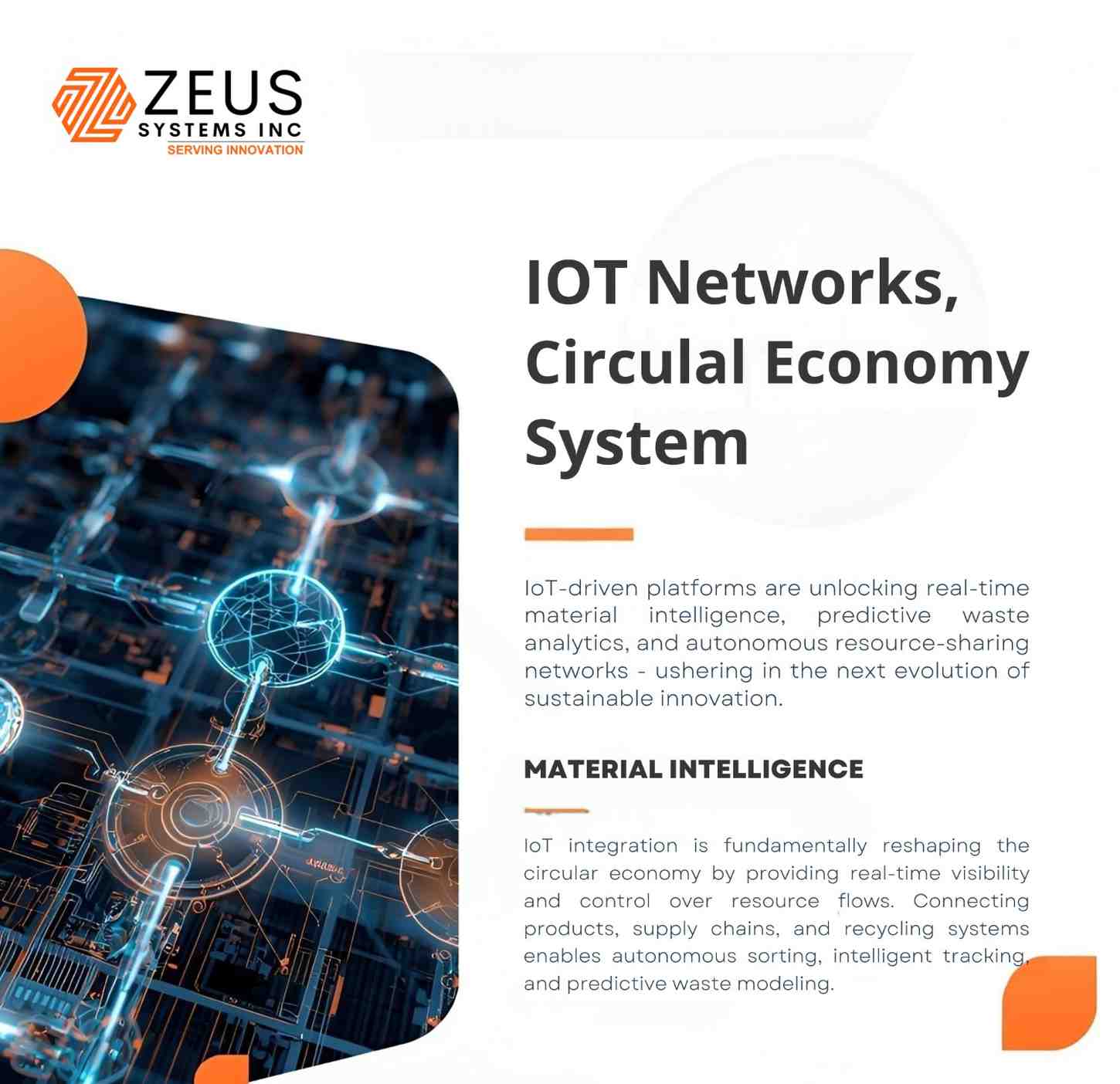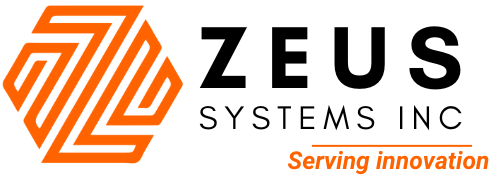In the realm of artificial intelligence, few developments have captured the imagination quite like OpenAI’s ChatGPT. Wit ...
Categories
Post By Date
- November 2025
- October 2025
- September 2025
- August 2025
- July 2025
- June 2025
- May 2025
- April 2025
- March 2025
- February 2025
- January 2025
- December 2024
- November 2024
- October 2024
- September 2024
- August 2024
- July 2024
- June 2024
- April 2024
- March 2024
- February 2024
- January 2024
- December 2023
- November 2023
- October 2023
- September 2023
- August 2023
- July 2023
- June 2023
- May 2023
-
Trends in Cloud Technology
In the realm of technological innovation, cloud technology continues to evolve, captivating hearts and minds alike. With ...
What is Chat-GPT and How powerful it is?
the conversational companion that brings a touch of humanity to our digital interactions. What is Chat GPT?A Conversa ...
3D Mapping using Drones
A journey to the 3D mapping using drones. The latest trend in 3D mapping using drones revolves around enhanced precis ...
-
Circular Economy Platforms Using IoT:
As the world pivots toward a more sustainable future, the concept of the Circular Economy (CE) has emerged as a critica ...
Additive Manufacturing Meets Time: The N...
Additive manufacturing (AM), or 3D printing, revolutionized how we build physical objects—layer by layer, on demand, wi ...
AI-Driven Financial Regulation: How Pred...
In today’s era of digital transformation, the regulatory landscape for financial services is undergoing one of its most ...
Space Tourism Research Platforms: How Co...
Introduction: Space Tourism’s Hidden Role as Research Infrastructure The conversation about space tourism has largel ...

- Raj
- November 24, 2025
- 4 hours ago
- 6:08 pm
As the world pivots toward a more sustainable future, the concept of the Circular Economy (CE) has emerged as a critical framework to minimize waste, optimize resource use, and ensure that products and materials circulate in the economy for as long as possible. While the basic tenets of CE reduce, reuse, recycle are well known, the integration of Internet of Things (IoT) technologies into circular economy platforms represents a significant leap forward in realizing its full potential. IoT enabled systems can hyper connect the entire lifecycle of products, materials, and resources, creating a seamless, real time, and scalable ecosystem for optimizing recycling, reuse, and resource sharing at a level never before imagined.
In this article, we’ll explore groundbreaking ways that IoT is poised to accelerate the circular economy, unveiling ideas that push the boundaries of what’s been widely explored. From predictive waste streams to intelligent materials tracking and next gen resource sharing networks, we’ll envision how hyper connected platforms can reshape the future of sustainability.
The Hyper Connected Ecosystem: A New Paradigm in Circularity
At the heart of any circular economy lies the seamless integration of resources. IoT technology enables this by connecting various elements of the economy from products to manufacturing systems, to recycling facilities, and consumers into one unified digital ecosystem. Unlike traditional linear models, which follow a one way trajectory from production to disposal, a circular economy fueled by IoT creates a feedback loop where products and materials are continuously circulated, repurposed, or upcycled.
Real Time Waste Stream Optimization
In today’s waste management systems, data about the amount and types of waste generated often exists in silos. IoT, however, enables real time data collection from various waste producing sources, from households to industrial sites. Smart sensors placed in waste bins or on production lines can monitor not just the quantity of waste but its exact composition, enabling better categorization and sorting. This real time data can be sent to a central platform, which can make instantaneous decisions about how to allocate resources for recycling or reuse.
For example, predictive analytics combined with IoT could help businesses and cities forecast waste streams before they even occur, based on trends, seasons, or events. Imagine a city where smart bins connected to IoT platforms can “predict” a spike in waste output based on historical patterns or even social media sentiment, sending automatic alerts to waste management teams or adjusting collection schedules to optimize efficiency.
Intelligent Material Tracking: From Production to Recycle Loop
Materials used in products often contain valuable, finite resources such as metals, plastics, and rare earth elements. But when these products reach the end of their lifecycle, the path to reusing or recycling these materials is often obscured. Enter IoT enabled materials tracking: by embedding smart tags such as RFID chips or QR codes into products, manufacturers, recyclers, and consumers can access detailed information about the composition, history, and condition of any product or material.
This granular tracking allows for higher efficiency in material recovery and reuse. For instance, materials from an old smartphone or automotive part can be easily traced to identify which components can be reused or upcycled without the need for time consuming, labor intensive disassembly. As blockchain technology integrates with IoT, materials’ lifecycle data can also be stored in an immutable ledger, enhancing transparency, security, and trust in recycled goods. This capability not only supports recycling but promotes a “closed loop economy,” where products can be continuously refurbished and resold, reducing the need for virgin material extraction.
Autonomous Recycling Facilities
The future of recycling plants could look radically different with the advent of IoT and robotics. Imagine automated recycling facilities powered by a combination of smart sensors, AI driven robots, and real time waste analysis that can sort and process materials more effectively than humans. IoT sensors embedded in materials would transmit information about their exact composition, allowing robotic systems to sort them accordingly whether it’s separating plastics from metals or sorting paper by type and quality. This could significantly reduce contamination in recycling streams and increase the efficiency of material recovery.
Further, autonomous vehicles equipped with IoT sensors could transport waste to the nearest recycling or reuse facility based on dynamic routing algorithms. For example, a network of self driving waste trucks could optimize collection schedules and routes in real time based on available data, reducing emissions and improving operational efficiency.
Resource Sharing at Scale: The Platform for “Things as a Service”
A key principle of the Circular Economy is maximizing the utility of resources. IoT is enabling the rise of “things as a service,” where products are no longer owned outright but are shared and leased through digital platforms. Think of a future where everything from power tools to electronics to vehicles is available on demand, shared among communities or organizations, and returned once no longer needed.
IoT facilitates this by allowing smart management of shared resources. For example, smart sensors and GPS can track the location, condition, and usage of shared products in real time, making it easier to manage and maintain the items. For industrial tools, construction machinery, or even shared electric vehicles, IoT can provide detailed reports about product health, performance, and usage, ensuring that items are only used when they are needed and maintained properly.
Consider the “peer to peer resource exchange” model, enabled by IoT. Platforms could allow individuals or businesses to list idle assets (e.g., machinery, office equipment, even space) on a marketplace where others can lease or borrow them. This reduces the overall need for new production and facilitates a more efficient use of available resources. In this scenario, IoT is the connective tissue, creating transparency about availability, location, condition, and usage.
Sustainability 4.0: Advanced IoT Driven Feedback Loops
IoT also promises to bring an unprecedented level of circular economy intelligence into the hands of both producers and consumers. By integrating AI and machine learning with IoT networks, circular economy platforms could offer real time feedback on how individuals and companies can reduce their environmental footprint, optimize resource consumption, and improve waste management practices.
For example, a consumer with a smart fridge could receive notifications when a food item is nearing its expiration, along with suggestions for how to use it or share it with others, thereby minimizing food waste. Similarly, manufacturers could receive real time analytics about the environmental impact of their supply chains, giving them insights into how to better source materials, reduce energy consumption, and design for a circular lifecycle.
This “feedback loop” would create a dynamic system where resources are constantly optimized, minimizing waste and encouraging behaviors that promote sustainability. Advanced predictive models could even suggest new product designs or business models that are more aligned with circular principles, driving long term value for both the environment and businesses.
Conclusion: The Future is Hyper Connected
In the emerging landscape of the circular economy, IoT is transforming the way we think about waste, recycling, and resource sharing. The potential to create a hyper connected ecosystem of intelligent systems that continuously monitor, optimize, and innovate around product lifecycles is already within reach. By harnessing the power of IoT, we can move beyond the traditional linear model of “take make dispose” to one where products and materials continuously flow in a loop, contributing to a more sustainable, regenerative economy.
The true power of IoT in the Circular Economy lies in its ability to create a scalable, intelligent, and autonomous system that can handle the complexities of a resource constrained world. The possibilities are virtually limitless: smarter recycling processes, autonomous waste management, real time materials tracking, and more efficient resource sharing. As the tech industry continues to innovate and invest in these transformative solutions, the vision of a truly circular economy may soon become a reality. In the coming years, we will likely see entirely new business models emerge, powered by IoT driven platforms, that challenge how we consume, share, and think about resources. The transition from a traditional economy to a circular one could be nothing short of revolutionary, and IoT will be the catalyst that makes it possible.

